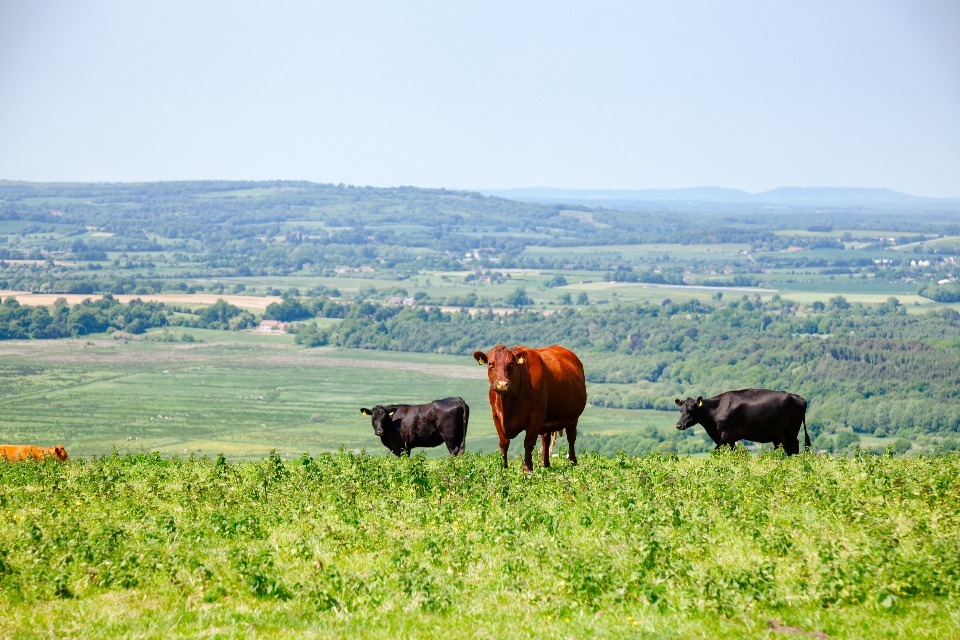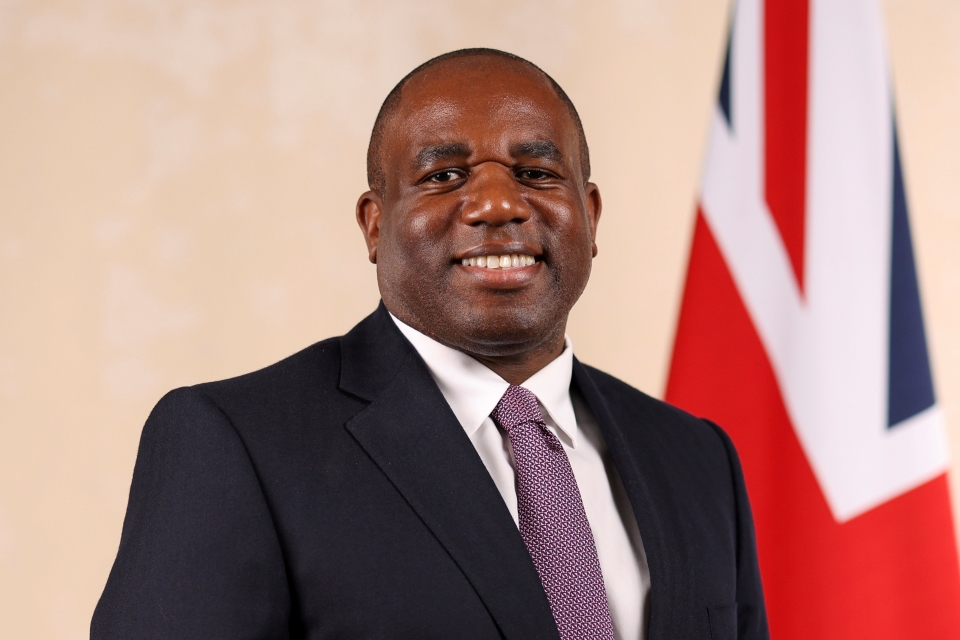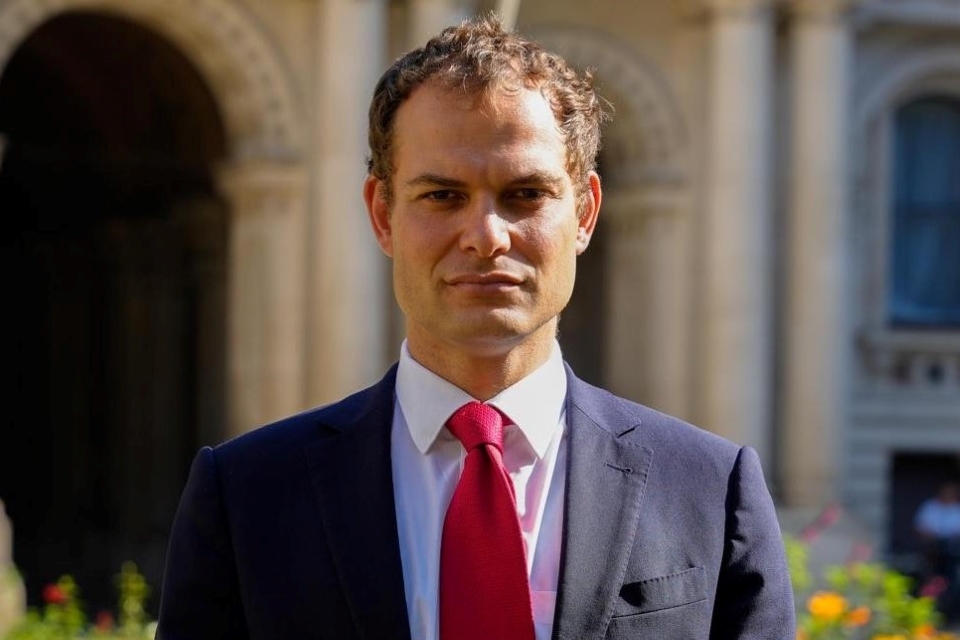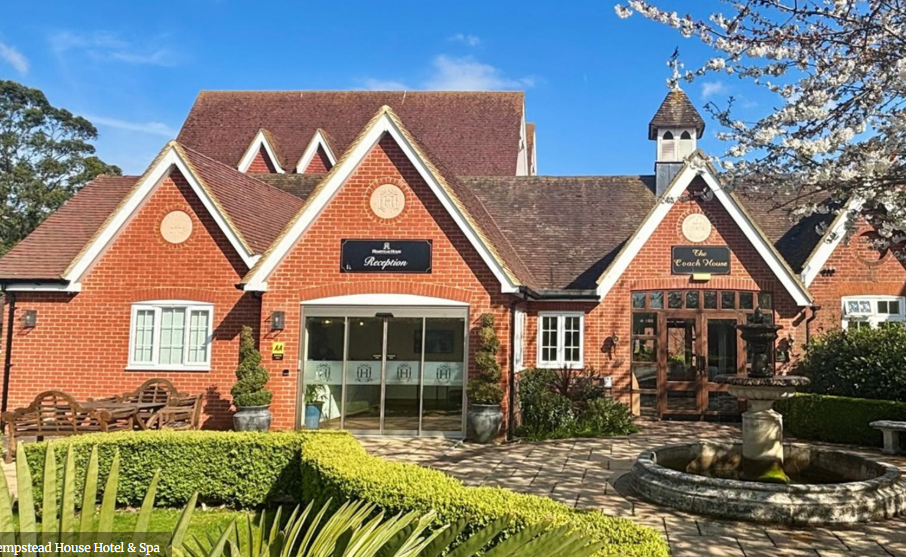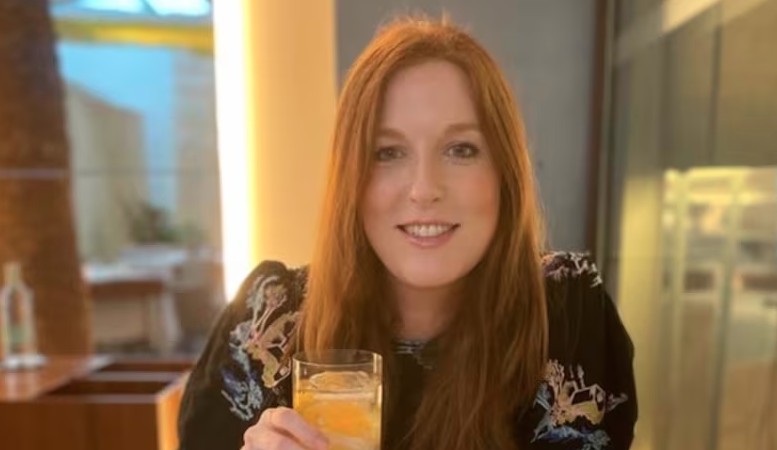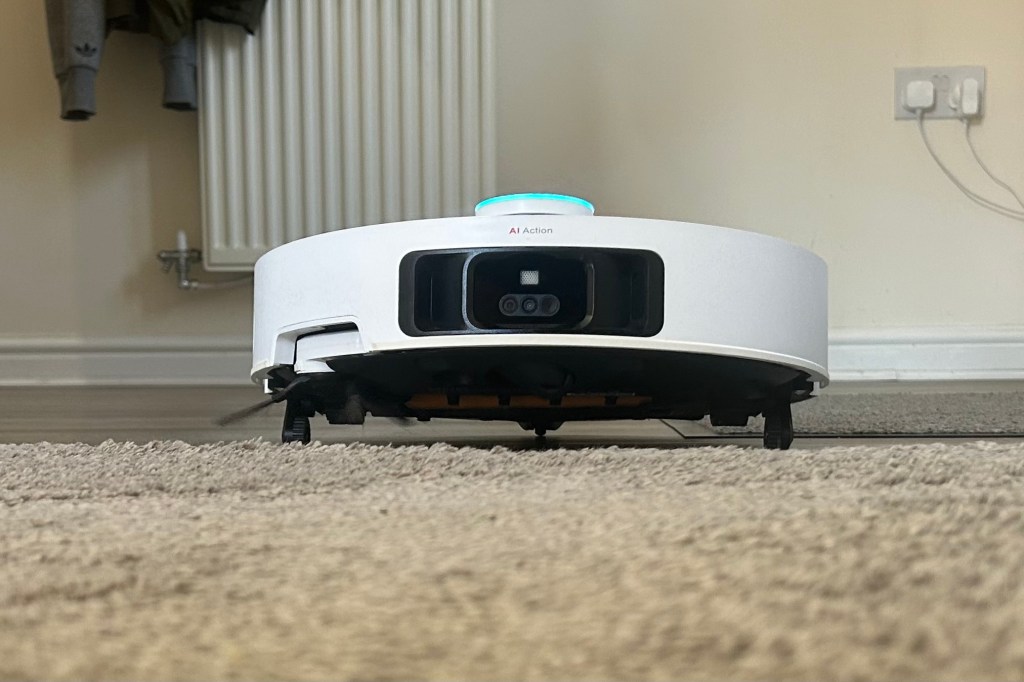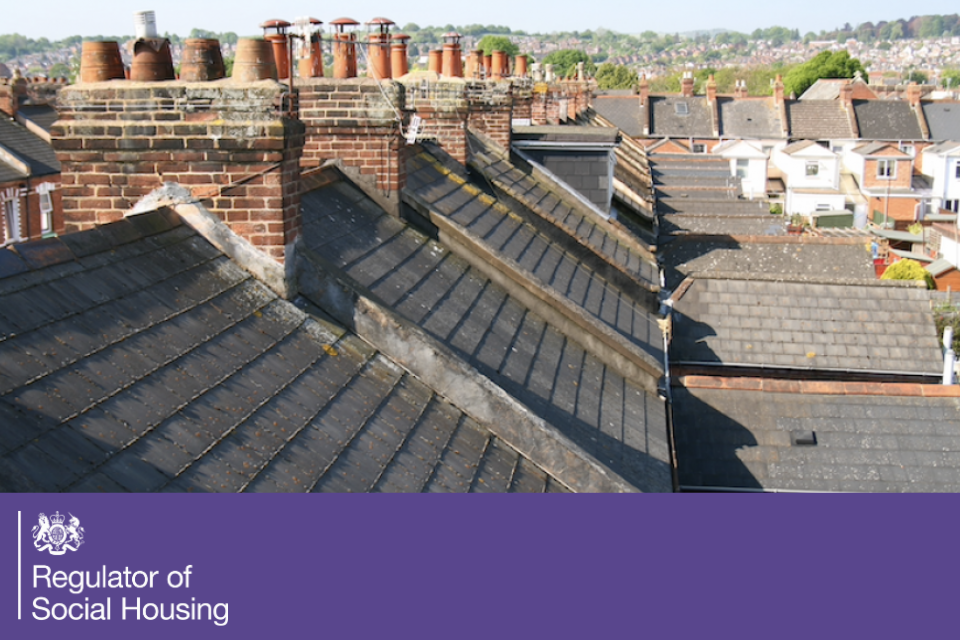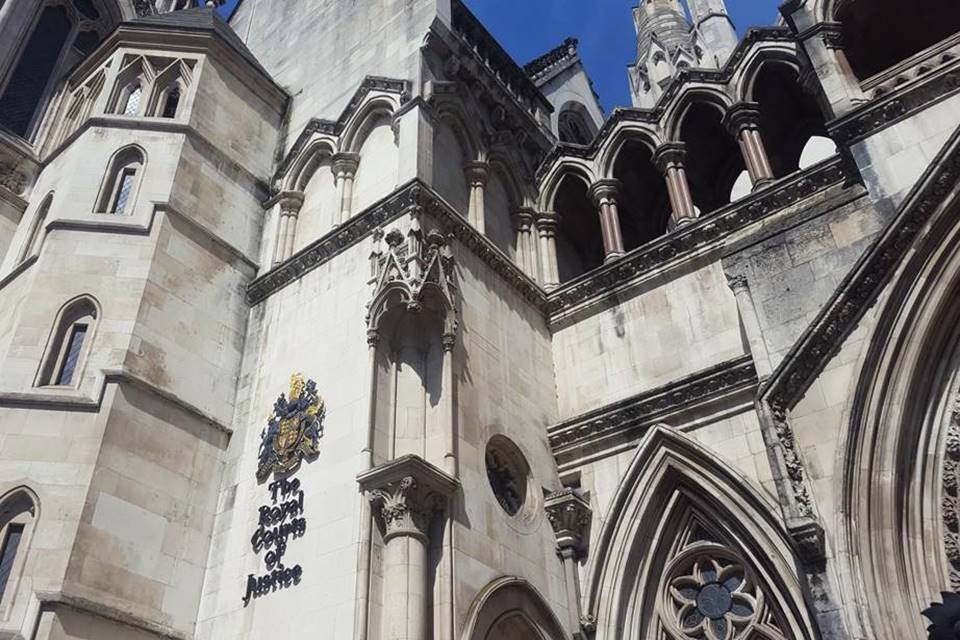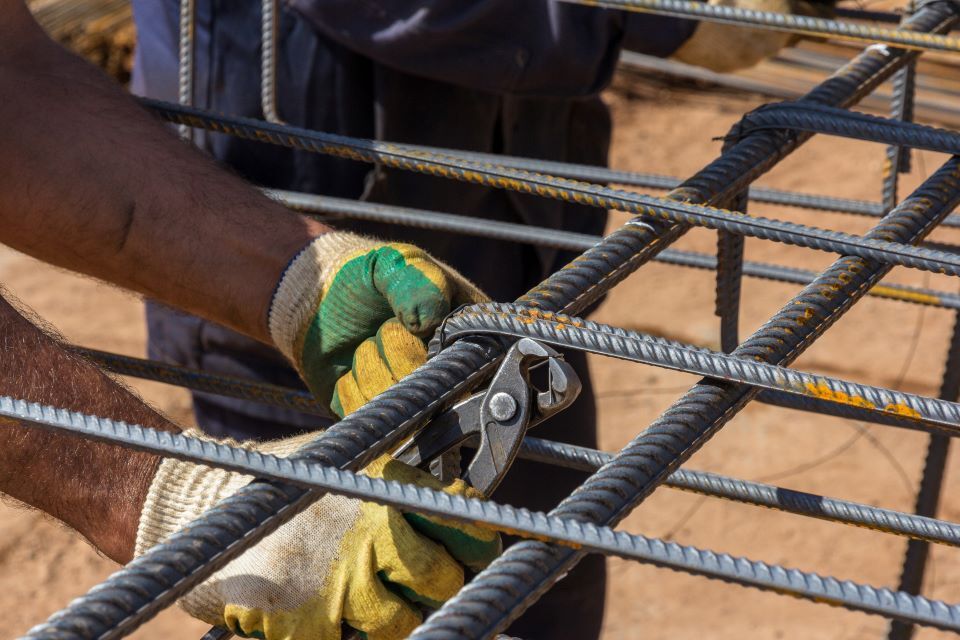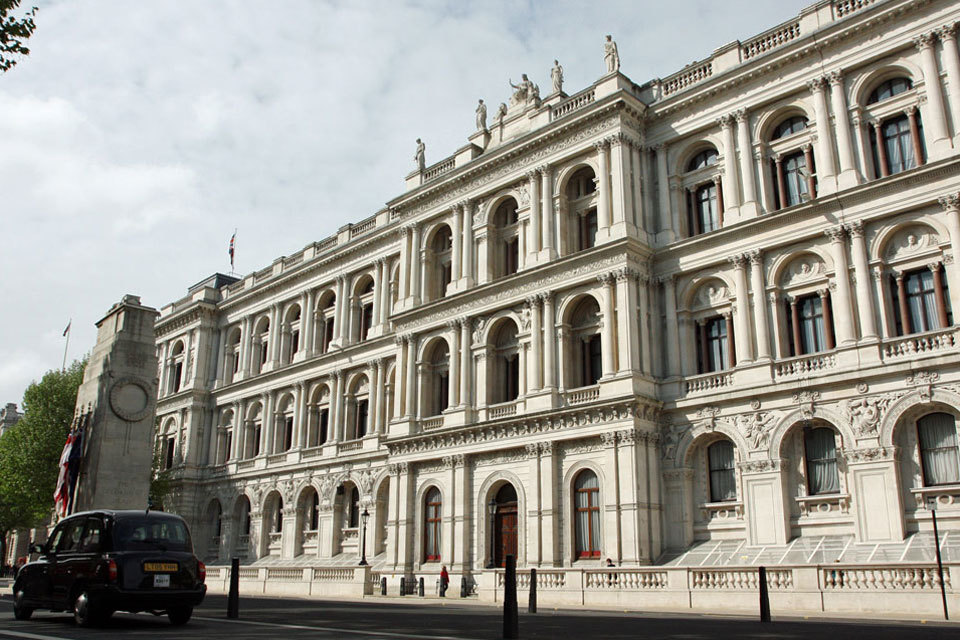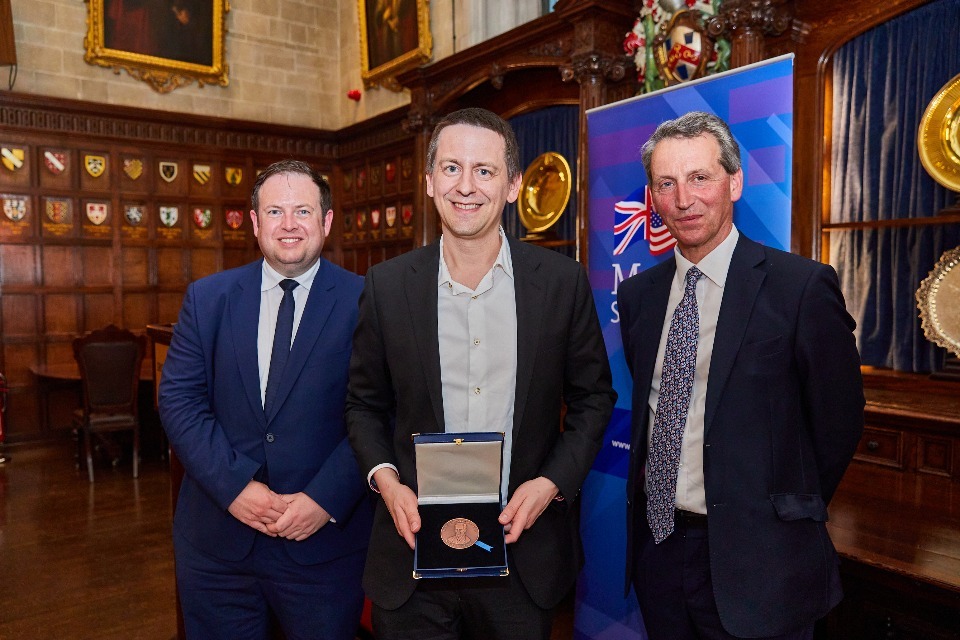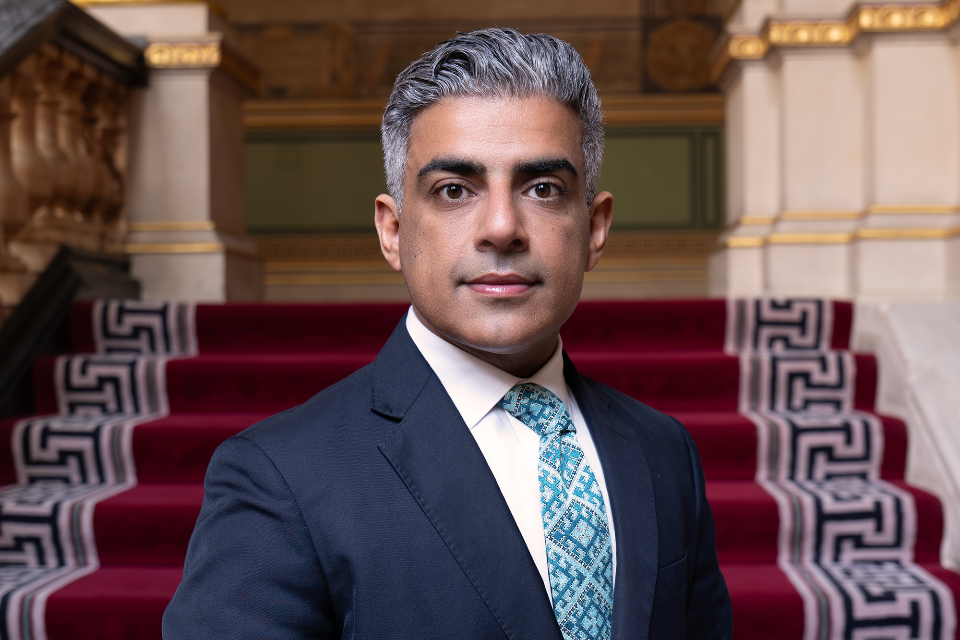What's On
Following rigorous technical assessment, Great Britain has officially recognised Germany…
Going Out
They say patience is a virtue, but that can really…
Reviews
ISS UK & Ireland has announced that it will appoint…
Latest Articles
Introduction Motorola must think it’s onto a good thing with its reborn flip phones, and one look at…
The Competition and Markets Authority (CMA) has published its response to the Independent Water Commission's call for evidence,…
The charity regulator for England and Wales has launched a statutory class inquiry into a group of charities…
Introduction What makes the X50 Ultra Complete the most advanced robot vac I’ve seen from Dreame? The fact…
£4m Great British Energy funding scheme to target clean energy projects in Scottish communities.
Keith Edun, 48, from Croydon, London, has had his sentence increased after the Solicitor General Lucy Rigby KC…
new laws introduced today will increase homegrown sustainable aviation fuel, positioning the UK as a world leading destination…
Latest data shows 44,000 fewer people waited more than six weeks for diagnostic tests compared to last year Government…
In Spotlight
Swindon Borough Council has failed to meet the outcomes in…







